|
|
ADDRESS AT THE INAUGURATION OF BENGALl ENGINEERING AND SCIENCE UNIVERSITY, SHIBPUR, HOWRAH, KOLKATA
13-07-2005 : Shibpur, Howrah,Kolkata
Capacity Building and National Development
I am delighted to participate in the inauguration of Bengal Engineering and Science University (BESU), Shibpur. I greet the Vice-chancellor, the Faculty members of BESU, the Students and the distinguished guests. I am particularly happy to be with you today in this institution, which is one of the oldest academies of Engineering and Technology in the country and would be celebrating its 150th anniversary next year. During this period, this Institution has generated a large number of graduates and also teachers of experience. I congratulate the Institution. I was thinking what thoughts I can share with you. I have selected the topic ?Capacity Building for National Development?
Capacity Building
A good educational model is the need of the hour to ensure that the students grow to contribute towards the economic growth of a nation. Can we sow the seeds of capacity building among the students? There will be continuous innovation during the learning process. To realize this, special capacities are required to be built in education system for nurturing the students. The capacities which are required to be built are research and enquiry, creativity and innovation, use of high technology, entrepreneurial and moral leadership.
Research and enquiry: The 21st century is about the management of all the knowledge and information we have generated and the value addition we bring to it. We must give our students the skills with which they find a way through the sea of knowledge that we have created and continue with life long learning. Today, we have the ability, through technology, to really and truly teach ourselves to become the life-long learners. This is required for sustained economic development.
Creativity and innovation: The management of knowledge in the 21st century is beyond the capacity of a single individual. The amount of information that we have around is overwhelming. The management of knowledge therefore must move out of the realm of the individual and shift into the realm of the networked groups. The students must learn how to manage knowledge collectively. When the information is networked the power and utility of the information grows as squared as predicted by Metcalfe's law. An information that is static does not grow. In the new digital economy information that is circulated creates innovation and contributes to national wealth.
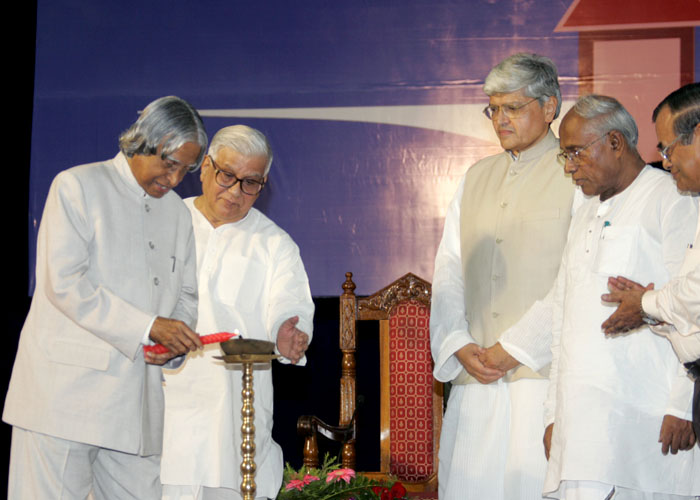
Capacity to use high technology: Every student in our schools should learn to know how to use the latest technologies for aiding their learning process. Universities should equip themselves with adequate computing equipment, laboratory equipments, and Internet facilities and provide an environment for the students to enhance their learning ability. In the midst of all of the technological innovations and revolutions we cannot think that the role of the teachers will be diminished. In fact the teacher will become even more important and the whole world of education will become teacher assisted and would help in ?tele-porting? the best teacher to every nook and corner of the countries and propagate the knowledge.
Entrepreneurship: The aptitude for entrepreneurship should be cultivated right from the beginning and in the university environment. We must teach our students to take calculated risks for the sake of larger gain, but within the ethos of good business. They should also cultivate a disposition to do things right. This capacity will enable them to take up challenging tasks later.
Moral leadership: Moral leadership involves two aspects. First it requires the ability to have compelling and powerful dreams or visions of human betterment. Moral leadership requires a disposition to do the right thing and influence others also to do right things.
In sum, inquiry, creativity, technology, entrepreneurial and moral leadership are the five capacities required to be built through the education process. If we develop in all our students these five capacities, we will produce ?Autonomous Learner? a self-directed, self controlled, lifelong learner who will have the capacity to both, respect authority and at the same time is capable of questioning authority, in an appropriate manner. These are the leaders who would work together as a ?Self-organizing Network? and transform any nation into a prosperous nation. The most important part of the education is to imbibe the confidence among the student is the spirit of ?we can do it?. These capacities will enable the students to meet the challenges of our national mission of transforming the nation into a developed country by 2020. Let us discuss our national challenges.

Our National Mission - Challenges
Our nation is going through a major challenge of uplifting 260 million people who are below the poverty line and also to give better life for many millions who are on the border line of poverty or just above the poverty line. They need decent habitat, they need work with reasonable income, they need food, they need health care, and they need education and finally resulting into a good life. Our GDP is growing at more than 6% to 7% per annum on an average. Whereas, the economists suggest that to uplift the people who are below the poverty line, our economy has to grow at the rate of 10% per annum consistently, for over a decade.
Engines for Growth: Emphasis should be on full utilization of natural and human resources of the nation to meet the demands of the modern society. We should also remember that about 50% of our population is young with aspirations for better living. Value addition to Agriculture, Manufacturing and Service sectors, building the national core competence and technologies will lead to additional high income employment potential. The engines for growth will be accelerated by launching of the five national missions viz. water, energy, education and skills, infrastructure and employment generation that will enable achievement of 10% GDP growth rate per annum. It is possible to do so with ecological and economic sustainability.
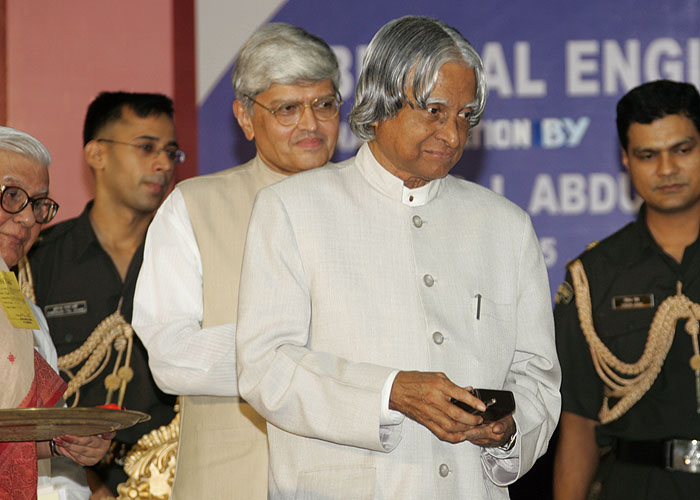
Integrated action: To meet the needs of one billion people, we have the mission of transforming India into a developed nation. We have identified five areas where India has a core competence for integrated action:
(1) Agriculture and food processing
(2) Reliable and Quality Electric power, Surface transport and Infrastructure for all parts of the country.
(3) Education and Healthcare
(4) Information and Communication Technology
(5) Strategic sectors.
These five areas are closely inter-related and if well done would lead to food and economic security and national security.
With these aspects, we have already laid down the road map. The priority for the government is to convert the road map into various missions. While converting the vision into different missions we seem to have many thoughts and variety of routes to reach the goal. This is where there is a need to have a coherent thinking among all the members of the society particularly the young. All of them need to think that the nation is greater than an individual or an organization. There is a mindset among many that "we cannot do it". However in my experience with many institutions in the country and the observations of the results of some of them in the mission mode projects, I can assure you that whenever we have decided to achieve certain goals with clear targets, we have always achieved it. I have seen this even in private and public sector industries - if they decide to take up tasks as a mission, they succeed. For these kinds of focused missions, science and technology is the key which is promoted in our educational institutions.
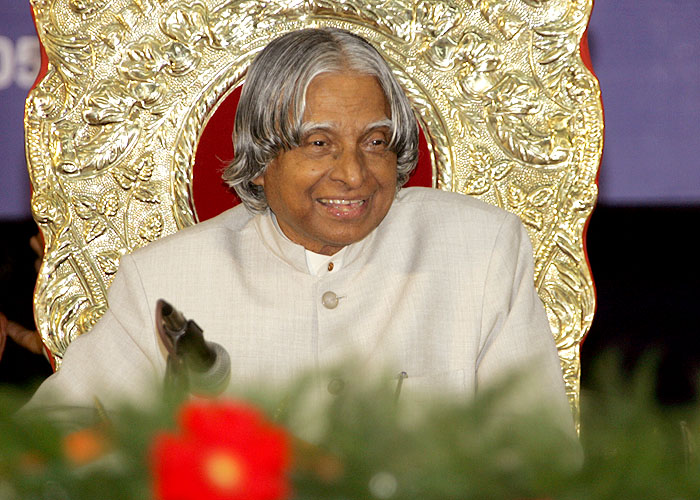

Technology Interfaces
Technology is the non-linear tool available to humanity which can affect fundamental changes in the ground rules of economic competitiveness. Science is linked to technology through applications. Technology is linked to economy and environment through manufacture. Economy and environment linked to technology which promotes prosperity to the society. Now I will like to talk to you on certain sectors of the technologies which will be of interest to the university.

Growth focus in the ICT Sector
In the last decade, the software industry had become one of the backbones of the economic development in India. Today the software industry in India is nearly 28 billion dollars ($18 Billion Export and $10 Billion Domestic Market) contributing to nearly 24% of nation's exports. This is through IT Services and ITES-BPO Sector, which accounts for around 3.5% of the global market. India?s core competence is in the area of IT services, IT Enabled Services (ITES) - Business Processing Outsourcing (BPO). The world business volume in these two sectors alone accounts for $ 850 billion. India plans to have a minimum 15% of the Global business volume. The market share of the Indian Software industry in IT Services, ITES, and BPO is projected to be around 200 billion dollars by 2008.
Our university system is contributing over 3 million graduates every year. This is a vital resource needed for growth in the IT Services, ITES and BPO. India aims to increase the knowledge pool to 5 million youth by the year 2008 from the existing one million. Many graduates of this university will definitely have opportunity to participate in the growth of ICT sector.
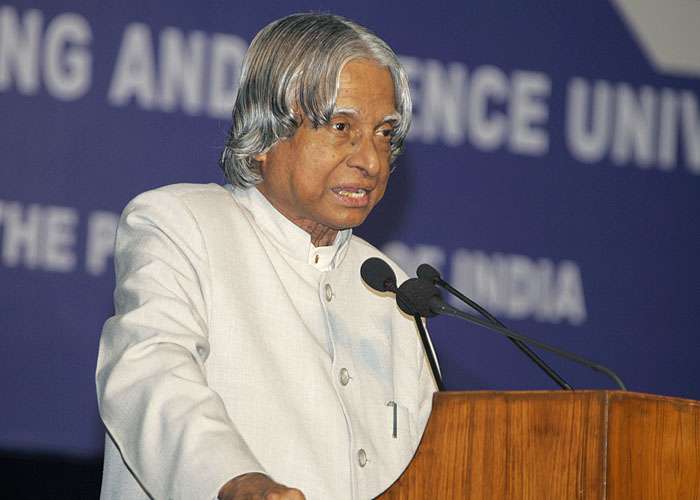

Bio-Nano-Info Revolution
We must take the advantage of convergence of Information and Communication technology and Nano technology with Biotechnology. This Nano-Bio-Info combination will be the future technology and solution to give advanced diagnosis and advanced health care. BESU must address these research areas related to nano-bio-info technologies and products. During my recent visit to Switzerland, I interacted with researchers of Brain & Mind Research Laboratory and Nanotechnology laboratory of Federal Institute of Technology at Lausanne. These laboratories are working in the areas of Brain Neuron Characterization to enable activation of ineffective neurons in the brain, particularly for the mentally challenged children. I would like to suggest that BESU can interact with Federal Institute of Technology in these advanced areas of research, which will lead to innovation in nano-bio-info based devices.


Science is universal
With the advances in Information technology, the world has shrunk to be a global village and networking of scientists is necessary to solve complex real world problems. In the fourth century BC, India was a preferred destination for more than 64 countries for learning and research in science and philosophy. But today the scientist movement in India is from East to West. Of late, we have started seeing the trend of visits by scientists from the developed nations to India. This of course is the recognition of the caliber of the Indian scientists and some of the state-of-the-art facilities that we have created. Besides, having world class equipments in many areas of science, we have also commenced a national initiative in building some of the finest super computers. The country?s scientists have also been sensitive to the changes that have been taking place in the area of networking and hence have been focusing on renewed and intense research and development efforts in the area of cluster computing and Grid computing. In the top 500 super computers in the world, India has started to have a few new entries.
India has built several clusters in the university environment and in the research laboratories. These computers have computing power comparable to those available in the best of the US universities. These have become added attractions for scientists from the West to come and collaborate with their counterparts in India.
India?s Grid computing initiative has made a modest beginning with several computer centres in the country being connected by a 100 mbps link which will soon be upgraded to gigabit connectivity. The universities in India have developed high quality middleware and application software for the Grid. The Software is indeed the core-competence of our nation. I am sure that BESU will also be a partner in this mission.
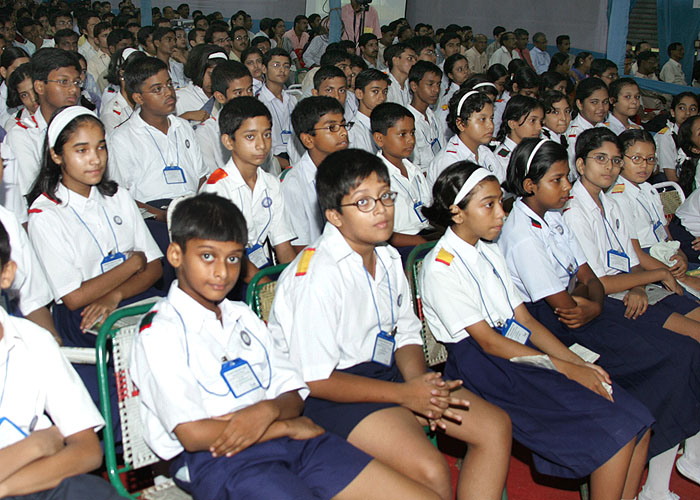

Technology Enhanced Education
Constraints of time and space together with the rapid obsolescence of knowledge in some areas of science and technology have created a huge demand for different courses from different institutions in the distance mode. There is a need for a working digital library system that alone can, in the long run, provide the kind of access required for a Knowledge Society. Technology Enhanced Learning is a solution. It attempts to use the rapid developments in Information and Communication Technology. As the communications band-width continues to increase and the cost of computer power continues to drop, Technology Enhanced Learning will become an economically viable solution. Virtual classrooms of the future will have students from many locations taught by a team of geographically distributed Instructors through tele-education delivery system.
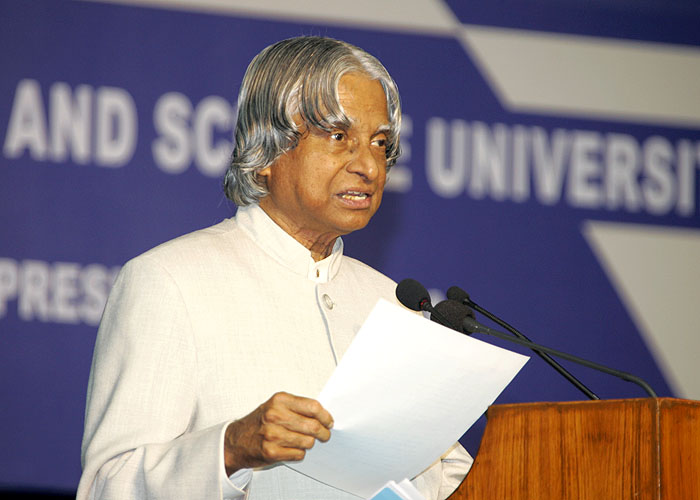

Conclusion
Ultimately, education in its real sense is the pursuit of truth. It is an endless journey through knowledge and enlightenment. Such a journey opens up new vistas of development of humanism where there is neither scope nor room for pettiness, disharmony, jealousy, hatred or enmity. It transforms a human being into a wholesome whole, a noble soul and an asset to the universe. Universal brotherhood in its true sense becomes the sheet anchor for such education. Real education enhances the dignity of a human being and increases his or her self-respect. If only the real sense of education could be realized by each individual, and carried forward in every field of human activity the world will be so much a better place to live in.
My best wishes to all of you for success in the mission of creating capacities among the students who will make a prosperous, happy and strong nation.
May God bless you.
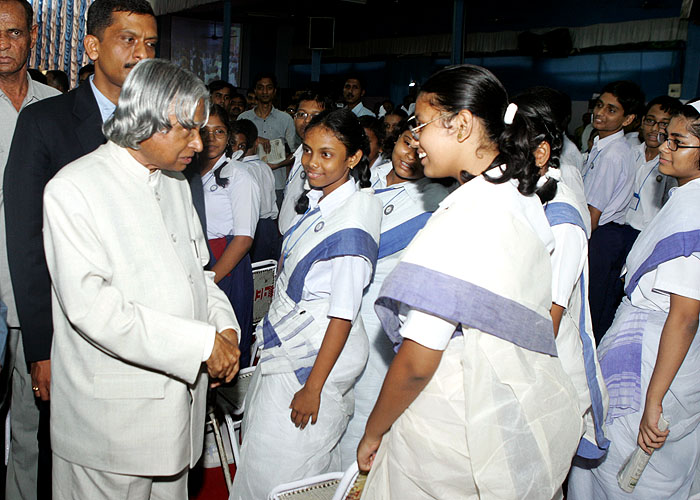
<<Back
|
|